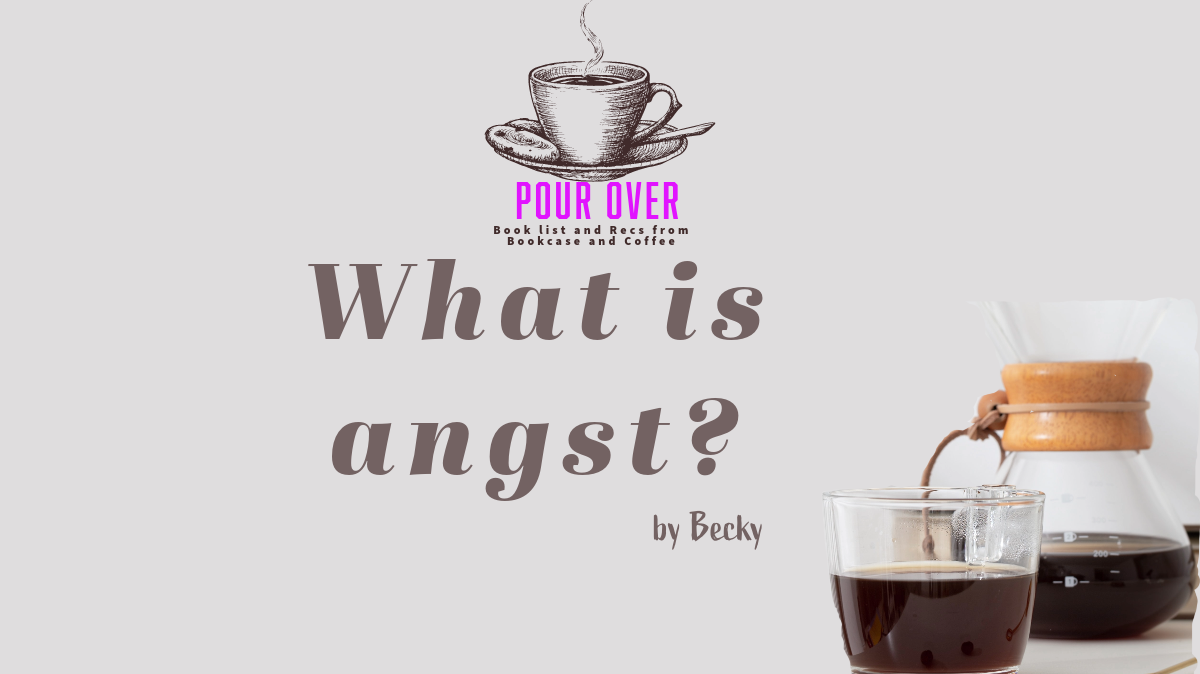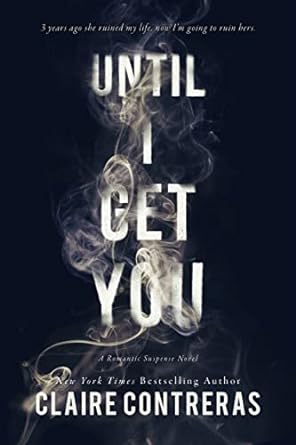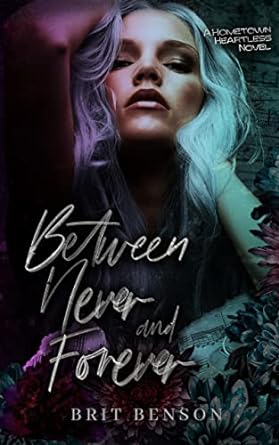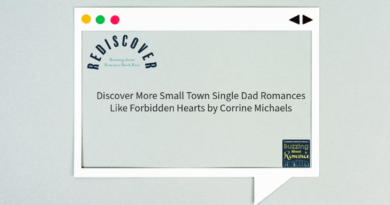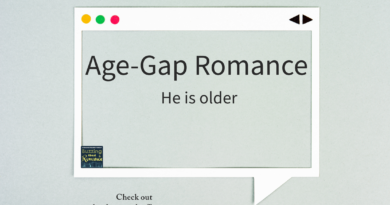What is Angst in a Romance Book?
As a romance reader we often throw the word Angst around to describe a certain kind of book or emotional action that takes place in the book. But I am not sure we have ever really talk or defined the different kinds of angst.
Angst in romance is going to be heavy emotions. The reader will experience heartbreak, anger, and sadness along with the characters. There will be feelings of push and pull creating tension with in the storyline. The angst can be from the couple not being able to find a middle ground and breaking up. The angst can also be brought on by emotional trauma or environmental factors.
Adding angst in a romance book can bring a depth and complexity to the emotional journey of the characters and their relationships. It is a powerful tool used by authors to create tension, drama, and to make the love story more compelling.
Here’s how angst can be portrayed in a romance book:

1. **Emotional Conflict**: Angst often stems from emotional conflict within the characters. This could involve past traumas, insecurities, or personal demons that prevent them from fully embracing their feelings for each other. For example, one character may have trust issues due to a previous relationship, leading to inner turmoil and hesitation in pursuing a new love interest.
A Lie for a Lie by Helena Hunting is a great example of Emotional conflict. The Characters have to come to terms with being parents but also some big changes in their lives.
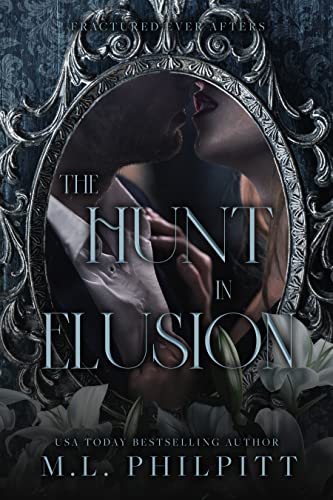
2. **External Obstacles**: Sometimes, external factors can introduce angst into a romance story. These obstacles could be societal, familial, or situational, creating barriers that keep the lovers apart. For instance, a forbidden love between characters from feuding families or different social classes can inject a sense of urgency and despair into the romance.
The Hunt In Elusion by ML Philpitt the main characters are warring Mafia Families. The forbidden nature of their coming together along with their own choices of deception lead to a different kind of Angst and resolution between the characters. |My Review for this title can be read here |
3. **Miscommunication**: Misunderstandings and miscommunication are classic sources of angst in romance novels. Characters may fail to express their true feelings or may misinterpret each other’s actions and words, leading to unnecessary complications and heartache. This creates a sense of longing and frustration in readers who want the characters to come together.
Reckless at Heart by Zoe York is a great example of miscommunication with out being over the top angsty. This was a little more than just a conversation. This was more about coming to realize your outlook on life can change depending on who you allow into your life.

4. **Unrequited Love**: Unrequited love is a potent source of angst in romance books. When one character loves the other deeply, but that love isn’t reciprocated (at least initially), it can lead to intense emotional turmoil. This unbalanced dynamic keeps readers engaged as they hope for a resolution.
Coming Home for Us by Carrie Ann Ryan is a great example of Unrequited Love. In this romance our heroine has long pined for the hero. She also has come to the realization that she can no long just wait for him to see her. She is taking steps to move forward.
5. **Insecurity and Self-Doubt**: Characters in a romance novel often grapple with personal insecurities and self-doubt, which can hinder their ability to accept love and be vulnerable. Watching them overcome these obstacles and grow emotionally can be a source of angst and eventual satisfaction for readers.
Gage by Sawyer Bennett our heroine is plagued with Self-Doubt due to a past relationship and scars both emotional and physical.
6. **Longing and Separation**: Physical or emotional separation between the romantic leads can create a profound sense of longing and emptiness. Whether it’s due to distance, a breakup, or external circumstances, the yearning to be together can be a driving force in the story, heightening the romantic tension.
Until I Get You by Claire Contreras is a great example of Longing and Separation Angst. This book is told in 2 part. Them coming together but our heroine disappearing. The Hero is willing to make sacrifices to find her and bring her back into his life. This book also has outside forces that play into the angst!
7. **Past Regrets**: Characters may carry the weight of past mistakes or regrets that affect their ability to fully commit to a new relationship. These unresolved issues can introduce angst as the characters must confront their pasts before they can move forward together.
Between Never and Forever by Brit Benson is a great example of Past Regrets. These characters have had to make some tough choice and lived a hard life in their past and in order for them to move forward they need to confront them. Communication will be key in these types of romances getting their HEA.
8. **Internal Struggles**: Internal conflicts, such as a character battling their own inner demons or trying to reconcile conflicting desires, can create a rich source of angst. These inner struggles often mirror the external challenges the characters face.
Broken Whispers by Neva Altaj is a great example of INternal Struggle Angst. These characters both are hiding themselves from the world due to both physical and mental scars all the while battling the life that comes with being part of the Criminal Underground.
Incorporating angst into a romance book allows the author to explore the complexities of love and relationships, making the eventual resolution and happiness of the characters all the more satisfying for readers. It keeps them emotionally invested in the story, rooting for the characters to overcome their obstacles and find their happily ever after.
